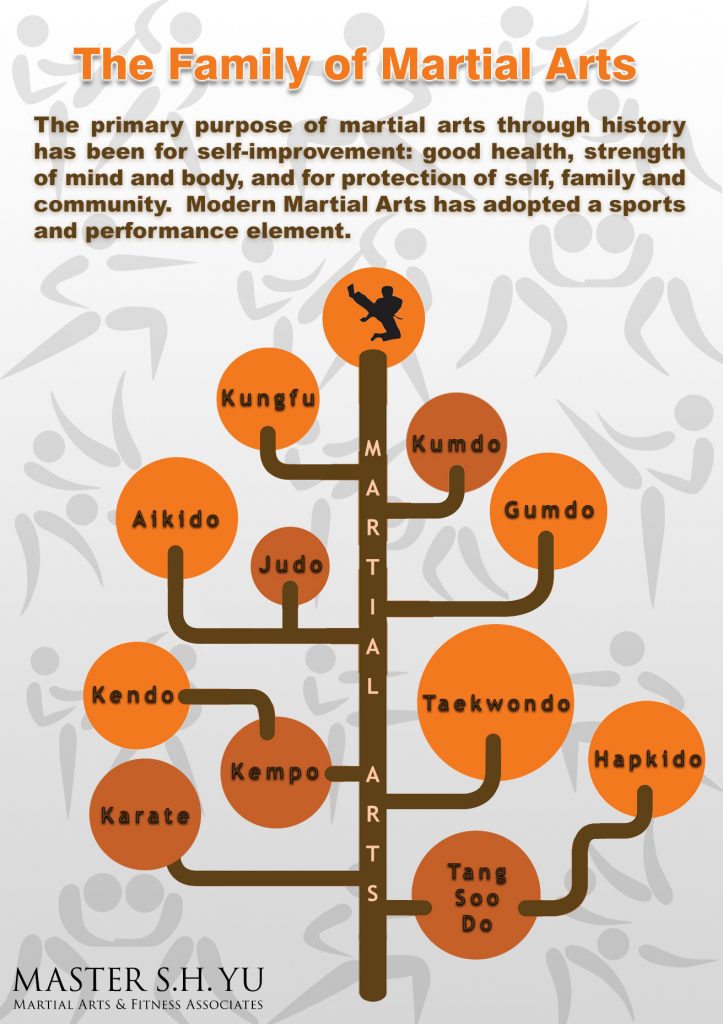Understanding The Fundamental Differences In Between Standard Martial Arts And Modern Fight Sports
Understanding The Fundamental Differences In Between Standard Martial Arts And Modern Fight Sports
Blog Article
Created By-Skovbjerg Burch
When you consider martial arts, do you lean extra towards the traditional techniques or the modern-day battle sports? Each course supplies one-of-a-kind benefits and experiences, formed by their ideologies and training methods. Standard martial arts emphasize personal growth and self-control, while contemporary battle sporting activities concentrate on competitors and performance. Understanding these differences can lead you in choosing the ideal approach for your trip. However how do these differences manifest in training and viewpoint?
The Ideology and History Behind Typical Martial arts
While lots of people link martial arts with physical fight, the viewpoint and history behind traditional martial arts run much deeper. You'll locate that these self-controls highlight individual growth, self-control, and respect.
Originating from ancient techniques, typical martial arts were frequently developed for Self-Defense and spiritual growth. They symbolize principles such as balance, harmony, and self-control, guiding experts beyond mere combating abilities.
As you train, you'll not only discover methods yet likewise acquire understandings into the culture and values that formed these arts. The rituals and customs, frequently given with generations, promote a feeling of community and belonging.
The Competitive Nature of Modern Battle Sports
Modern combat sporting activities have actually changed the landscape of martial arts into a very competitive field, where athletes face off in an examination of skill, strategy, and endurance.
You'll discover that competitions are often organized with rigorous rules and policies, making sure fair play and safety. These occasions draw in huge target markets, sustaining the excitement and intensity of matchups.
Athletes educate carefully, not just for physical prowess yet likewise for mental toughness, knowing that every detail counts in the ring. The adrenaline rush during competitors is palpable, as fighters press their limits to claim triumph.
https://martialartsnearmekids44321.blogdun.com/36243867/cultivate-your-internal-equilibrium-by-immersing-yourself-in-the-deep-wisdom-of-a-martial-arts-college and artistry involved, making contemporary fight sports a thrilling phenomenon that continues to develop and astound fanatics around the world.
Training Methods and Strategies: A Comparative Evaluation
The competitive ambience of modern-day combat sports demands innovative training approaches that differ dramatically from conventional martial arts.
In modern-day training, you'll concentrate on particular techniques, competing, and conditioning, often making use of drills that mimic actual fight scenarios. You'll see an emphasis on measurable efficiency and constant competitors to examine your abilities.
In contrast, traditional martial arts prioritize types, katas, and philosophical teachings, frequently highlighting discipline and respect over competitors.
Training is generally much less extreme and might include repetitive practice as opposed to real-time sparring.
While both methods develop skill and health and fitness, contemporary battle sporting activities provide a much more dynamic and adaptable training environment, preparing you for instant difficulties in the ring or cage.
Pick the course that lines up with your objectives and passions.
Final thought
In picking between traditional martial arts and modern battle sporting activities, it actually boils down to what you value most. If you're searching for personal development, discipline, and a sense of area, standard arts might be your ideal fit. However if you grow on competitors and real-time challenges, modern battle sporting activities could be the way to go. Ultimately, both courses provide unique benefits, so it's all about aligning your training with your individual objectives and rate of interests.
